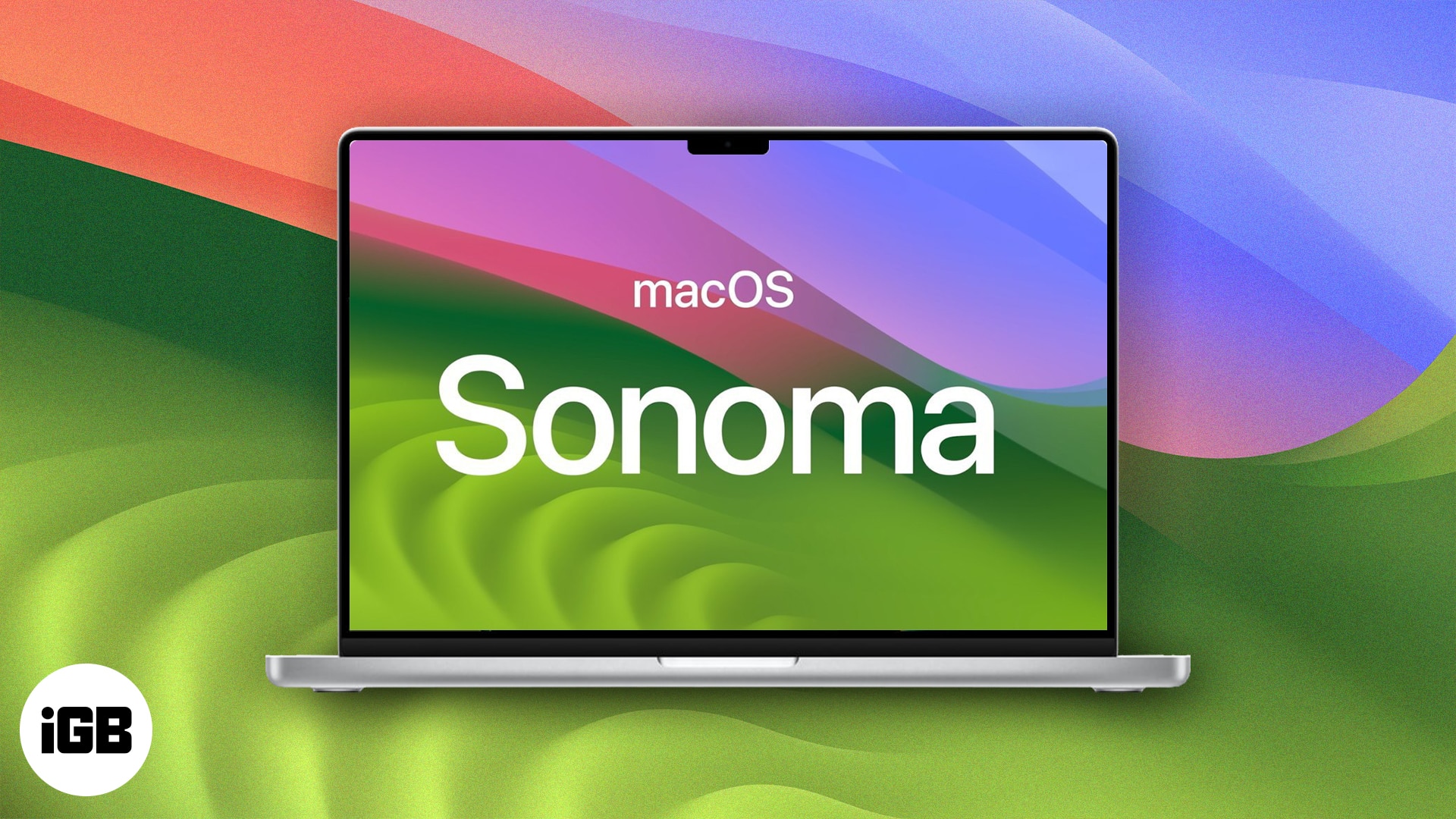What you need to know:

- First and foremost, check whether your Mac supports macOS Sonoma.
- Ensure the Mac has enough space to download and install the new software.
- Back up your current macOS to avoid data loss.
macOS Sonoma is the latest version of macOS, and it’s packed with new features and improvements. But before you upgrade, it’s important to prepare your Mac to ensure a smooth and successful installation. In this blog post, we’ll walk you through the steps involved in preparing your Mac for macOS Sonoma.
We’ll cover everything from checking compatibility to backing up your data. So whether you’re a seasoned Mac user or a complete novice, we’ve got you covered.
Will your Mac support macOS Sonoma?
macOS 13 supported devices include Macs running Intel and M1 chips:
- iMac (2019 or later)
- iMac Pro (2017)
- MacBook Air (2018 or later)
- MacBook Pro (2018 or later)
- Mac mini (2018 or later)
- Mac Pro (2019 or later)
- Mac Studio (all models)
Does your Mac have enough space for macOS Sonoma?
macOS updates are usually quite heavy. The macOS Sonoma is around 14 GB. Now, the system needs space to download the OS and run all the processes needed to install the OS. Usually, that comes around to double the size of the OS.
Go to the Apple icon → About This Mac → Storage. Before you begin downloading macOS 14, cleaning or optimizing your Mac’s storage is wiser. Some users also take this as a spring clean, aka clean reset their Mac and install the fresh OS for a smooth ride; if you’re planning that, check the next few steps.
Check if your important apps are compatible
This step majorly depends on how major is the OS update. If there are too many fundamental or security-related changes in the OS, some apps might be rendered useless. And god-forbid, if it’s a daily grind of work-related app that doesn’t support the new OS.
While macOS 14 offers no major change, checking for the app to add support to the new OS is still wiser. A Google search or a visit to the App store might help you figure out the status.
Notably, most major apps usually upgrade to support the latest OS between the Developer Beta release and the final public release.
Backup your Mac
There are risks involved when installing macOS 14’s Developer Beta, Public Beta, or public release. The culprit might be a bug, bad connection, corrupted file download, or something, but the result would be data loss.
So, it is a smart move to backup your Mac before you think of updating it.
Create a partition on your Mac to test macOS Sonoma
Well, not really a compulsion, but a wise option, especially if you’re planning to explore macOS 13 beta. The idea is to create a partition on your Mac, so you’re free to test the beta versions while your data and files are secure from bugs or risks.
Ensure that the network connection is safe and steady
I have mentioned that the macOS Sonoma is around 14 GB. Now, you’ll need a speedy internet connection to download that. But that’s not all! Throughout the installation process, you’ll need access to the network, from verifying the update to login into Apple ID.
It is obvious that a fast and steady network will work in your favor, whereas a sluggish network could hamper the speed and create other problems.
Keep your Apple credentials ready
Hopefully, this is not a major task. You’ll be asked to log in with your Apple ID and password multiple times during the process. So, keep the details handy!
All the best…
Now that your Mac is ready feel free to upgrade to macOS Sonoma without worry. Fingers crossed, you have a smooth and safe transition.
